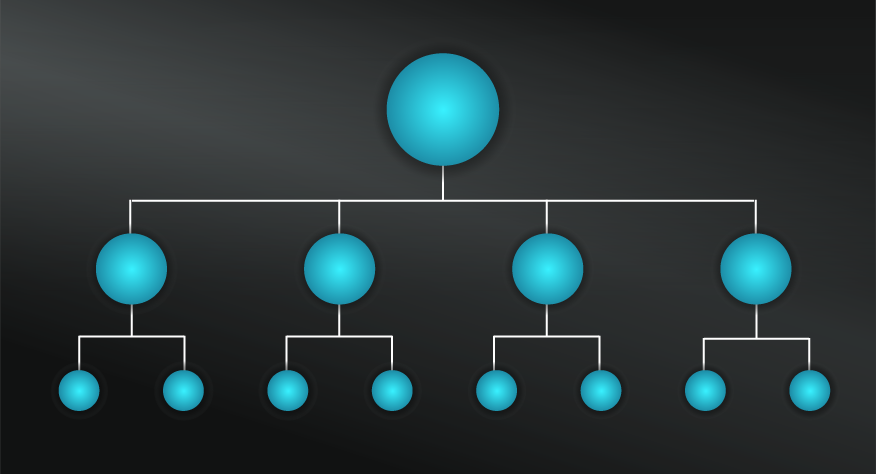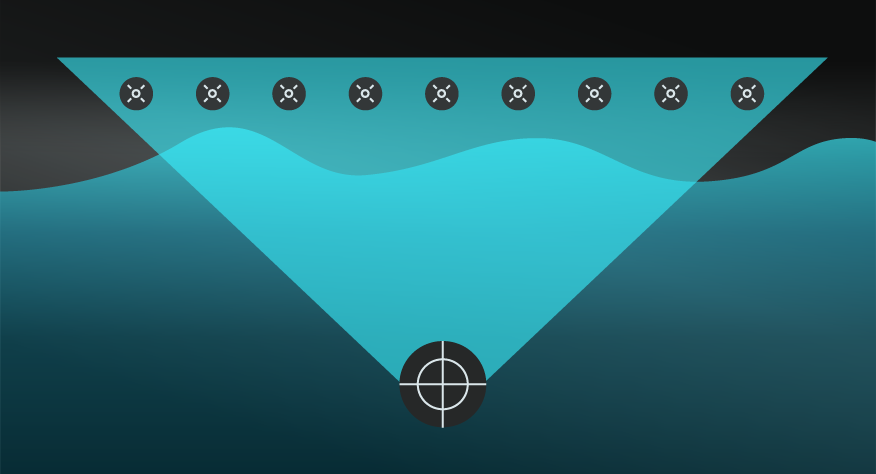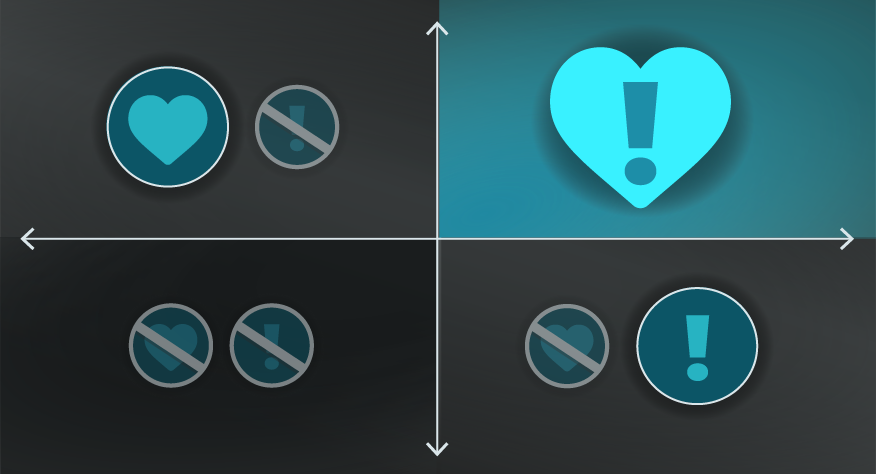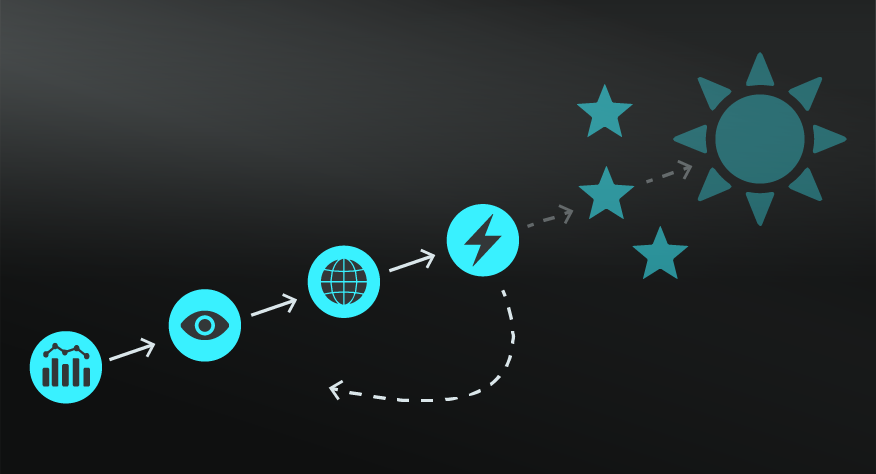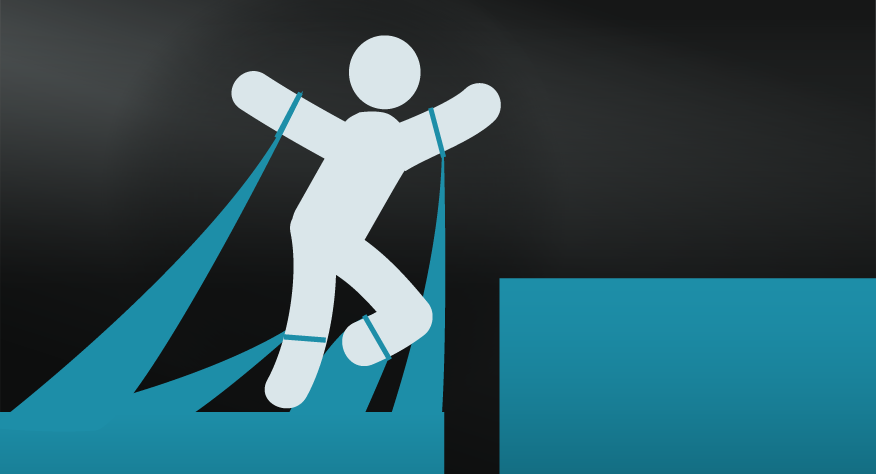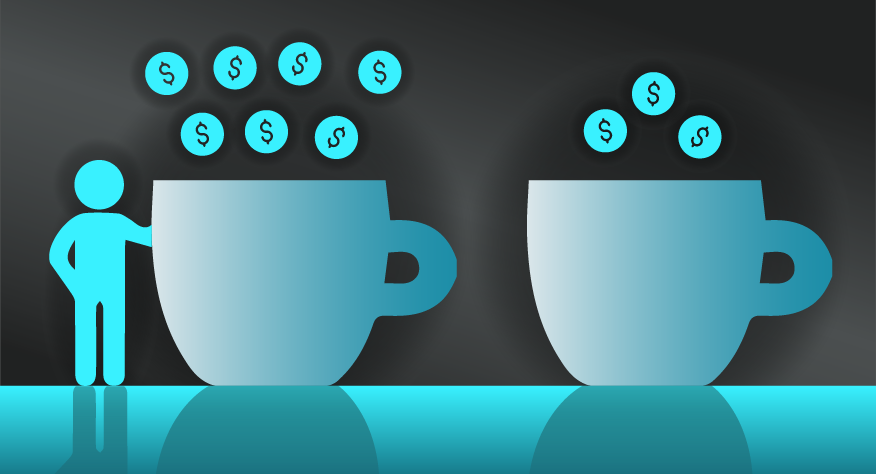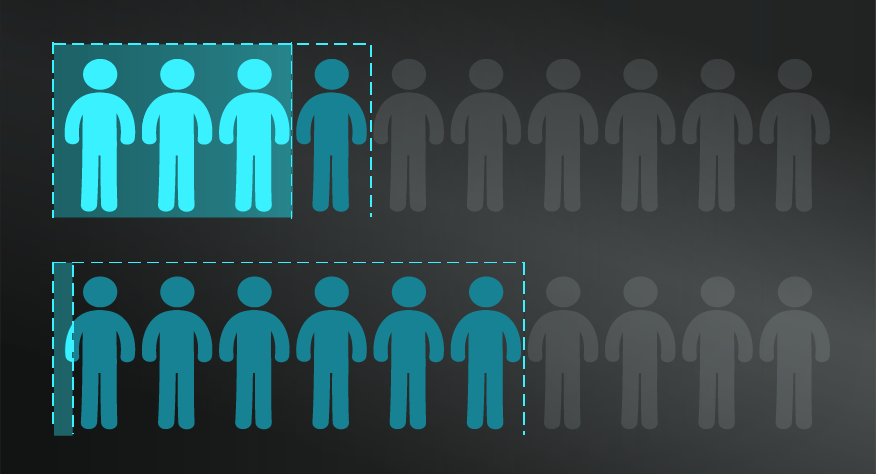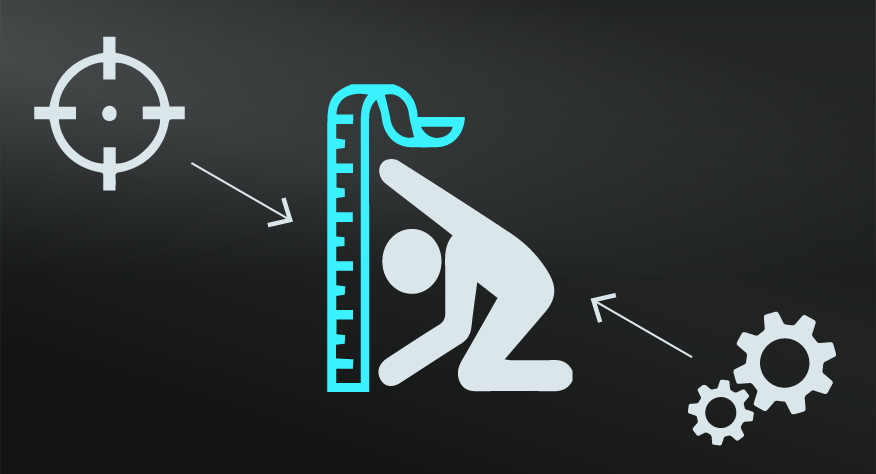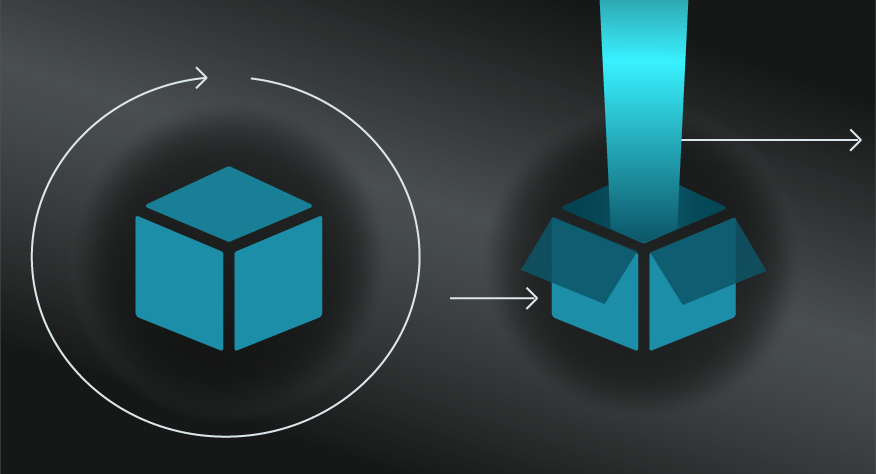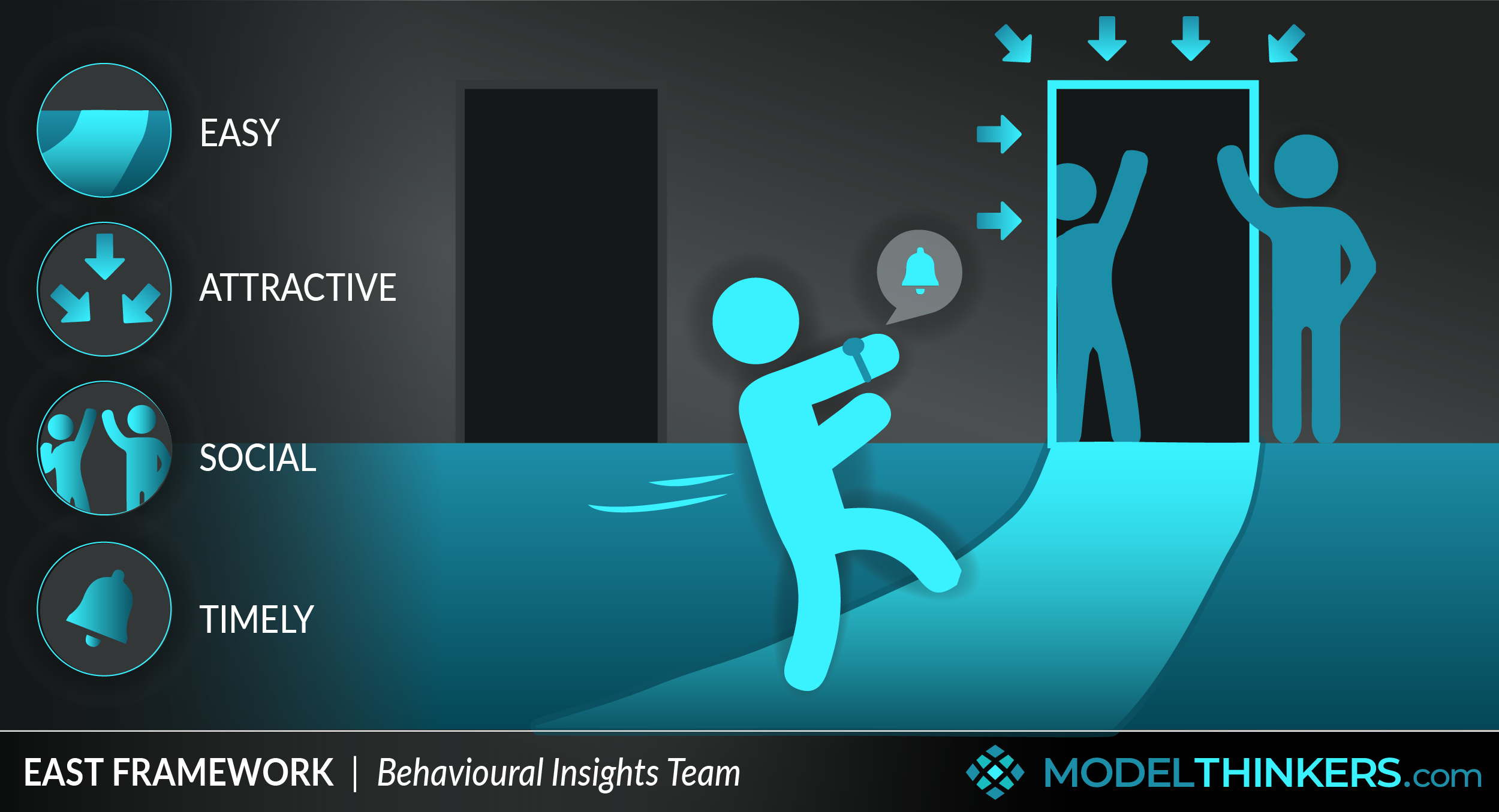

 0 saved
0 saved
 49.8K views
49.8K views








Let's start with a very quick primer on where the EAST Framework fits in. Behavioural economics essentially demonstrated that humanity spends much of our time in 'Fast Thinking' or autopilot; Nudge theory took advantage of that to push us towards desirable behaviours; and the EAST Framework is a good place to get started with nudge design.
The EAST Framework helps to encourage, or Nudge, desired behaviours by making them Easy, Attractive, Social or Timely (EAST).
DEFINING NUDGES.
Before we go deeper let's define Nudges, or even better, we'll let Richard Thaler and Cass Sunstein define it from their book of the same name:
"Any aspect of the choice architecture that alters people's behaviour in a predictable way without forbidding any options or significantly changing their economic incentives. To count as a mere nudge, the intervention must be easy and cheap to avoid. Nudges are not mandates. Putting fruit at eye level counts as a nudge. Banning junk food does not."
BREAKING DOWN EAST.
|
EAST |
TRY THIS |
EXAMPLE |
|
Easy |
|
Organ donations in Denmark are 4.25%, compared to Austria which makes it default, at 99.98% |
|
Attractive |
|
The classic porcelain fly in the men's urinal example, which reduced 'spillage' by 80% and cleaning by 8%. See the In Practice section for more. |
|
Social |
|
UK Tax payments increased by 15% by adding a line to tax bills that stated: "9 out of 10 people in your town are up to date with payments." |
|
Timely |
|
An insurance company asked people to sign at the top of a declaration form, rather than the bottom, generated more accurate reporting. |
A SIMPLE NUDGE DESIGN PROCESS.
The founders of the EAST Framework, the Behavioral Insights Team (also known as the original ‘Nudge Unit’), recommend the following process to apply the EAST Framework:
- Define the outcome: identify the desired behaviour and consider how it might be measured and what results it would give you.
- Understand the context: Explore the environment and empathise with the people who you wish to impact.
- Build your intervention: Use the EAST Framework to apply behavioural insights.
- Test, learn, adapt: Apply the intervention iteratively, with feedback loops to gain and apply learning. Ideally use split testing to compare the impact with a control group.
APPLICATIONS.
While the use of the EAST Framework to create Nudges should be considered more as a high-level design guide rather than an exact science, they can deliver great results with low expenditure.
Use Nudges in product design, policy, architecture, UX design and consider how you might redesign your own environment to nudge yourself.
IN YOUR LATTICEWORK.
As described, the EAST Framework is based on our understanding of Fast & Slow Thinking, which essentially points out that our brains are on autopilot for much of the time. Nudges help to direct that autopilot, similar to models such as Habit Loops and Systems vs Goals.
You can view the EAST Framework in the context of the Paradox of Choice and even the Social Proof aspect of Cialdini's Six Principles of Influence, as well as broader cognitive biases and heuristics such as Hyperbolic Discounting.
Finally, an essential tool to help identify relevant points of Nudge interventions comes with combining the EAST Framework with Journey Mapping to consider Nudges in the context of a target audiences' experience and key decision points.




- Make it easy.
Consider how to make a desired behaviour the default option, reducing friction or simplifying the message.
- Make it attractive.
Capture attention or design rewards around the desired behaviour, including lotteries.
- Make it social.
Use social proof by demonstrating how peers are taking up the desired behaviour, leverage the power of networks, or encourage participants to make public commitments to their peers.
- Make it timely.
Prompt people when they are most receptive, focus on immediate costs and benefits and help people plan their approach in particular how they take their first step forward.
Nudges and the EAST Framework are often criticised for their lack of transferability and repeatability from one context to another.
Defenders of the approach argue that’s why they emphasise experimentation and iteration to identify what works in any specific context, and that such nudges are generally extremely cost-effective so are worth exploring.
That said, there are growing critiques of Nudging, particularly when posed as an alternative to other social policies. View this recent article in the UK Guardian newspaper as an example.
Organ donations.
Perhaps one of the most striking examples of this approach lies in the variations between organ donations from country to country. A 2003 Science paper entitled Do Defaults Save Lives outlined how countries such as Austria, France and Hungary have over 99% uptake of organ donations while Denmark has just over 4% and Germany 12%. The difference is whether they need to opt-in or opt-out of organ donation (which is easiest).
The Fly in the Toilet.

That small porcelain fly fixed to a men's urinal in an Amsterdam toilet reduced spillage by 80% and cleaning costs by 8%. There was nothing forcing men to take better aim, but this nudge created a required behaviour change.
The EAST framework is a practical application of nudge theory which itself is the practical side of behavioral economics.
Use the following examples of connected and complementary models to weave the EAST framework into your broader latticework of mental models. Alternatively, discover your own connections by exploring the category list above.
Connected models:
- Fast and slow thinking: as a fundamental model behind behavioural economics that explains why nudges are possible.
- Design thinking: as one of the methods to incorporate into application of the EAST framework.
- Split or A/B testing: to identify the impact of interventions.
Complementary models:
- 5 Whys: as a way of exploring the causal factors behind current behavior.
- The SCARF model: to understand current behaviour.
- Impact effort grid: to prioritise potential interventions.
- Chain reactions: consider the follow on impacts from an intervention.
- Empathy map: to better understand an audience group.
- Habit loop: another way to take advantage of our inherent ‘automatic pilot’.
The EAST Framework was developed by the UK's Behavioural Insights Team, also known as the ‘Nudge Unit’. The team has grown from a handful of people in the UK and now works globally, find out more about their work and services at their informative website here. Also, view their excellent 2015 guide to the EAST Framework here.
In terms of Nudges more generally, find out more about the work by Richard Thaler and Cass Sunstein and their seminal book on the topic: Nudge.
 My Notes
My Notes
Oops, That’s Members’ Only!
Fortunately, it only costs US$5/month to Join ModelThinkers and access everything so that you can rapidly discover, learn, and apply the world’s most powerful ideas.
ModelThinkers membership at a glance:






“Yeah, we hate pop ups too. But we wanted to let you know that, with ModelThinkers, we’re making it easier for you to adapt, innovate and create value. We hope you’ll join us and the growing community of ModelThinkers today.”























